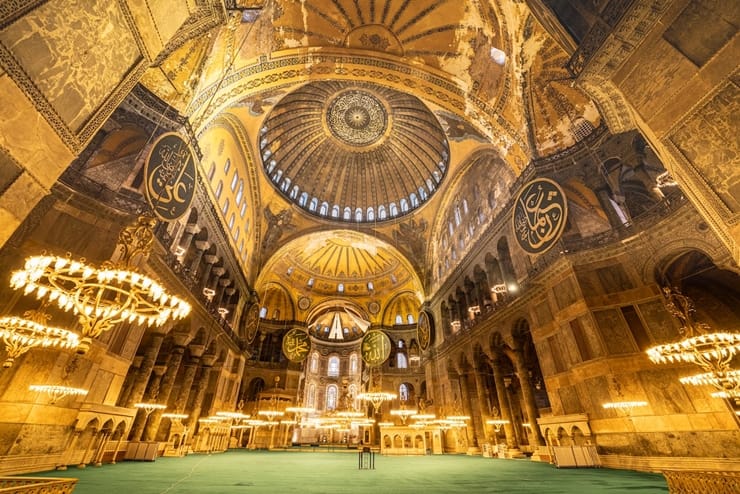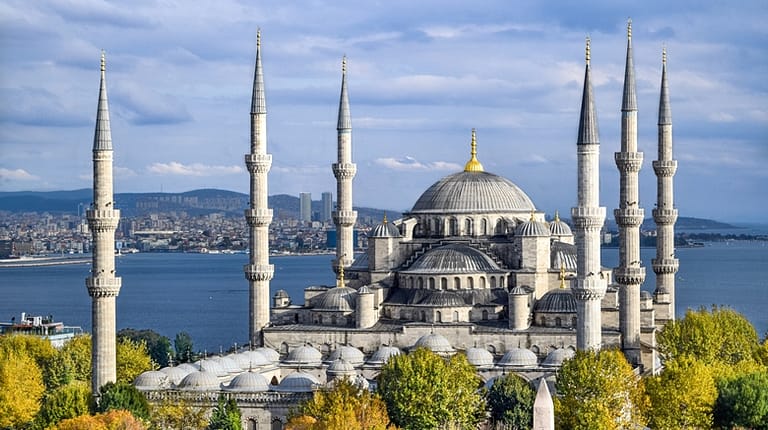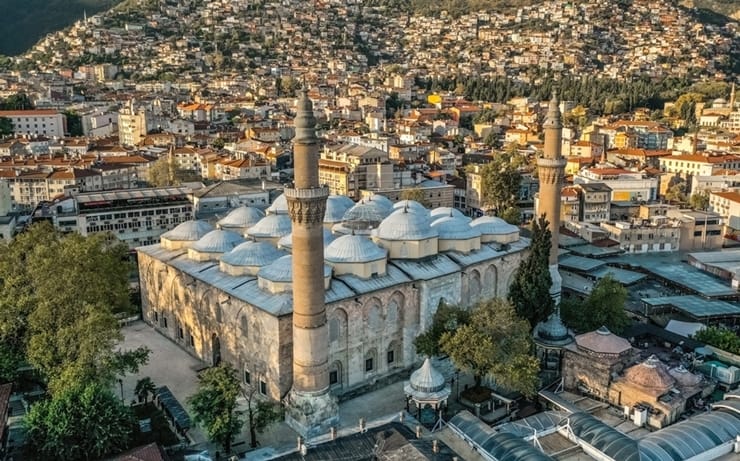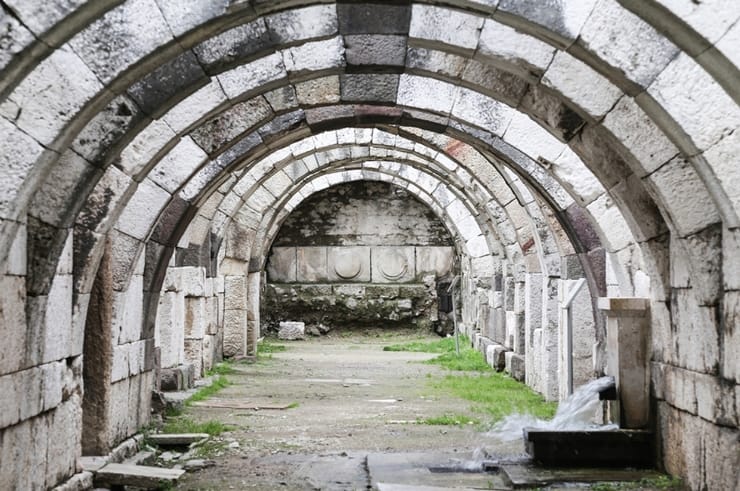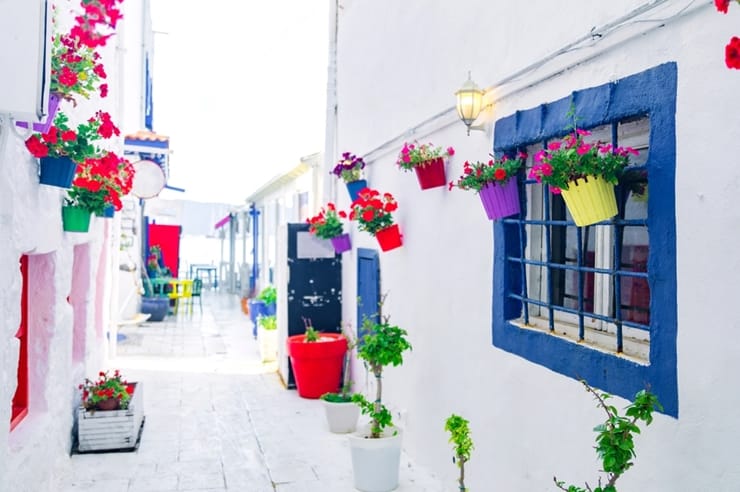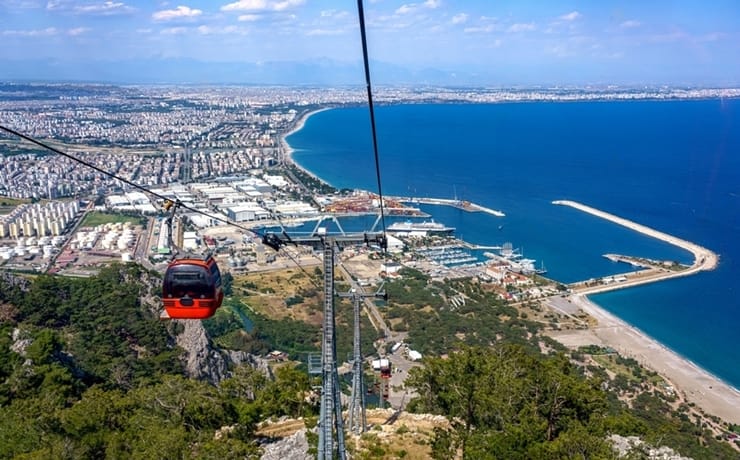Hagia Sophia, known as Ayasofya in Turkish, stands as a grand symbol of architectural brilliance and a reflection of cultural evolution over centuries. This magnificent structure is situated in Istanbul, Turkey, and has been witness to a rich history, spanning over a millennium.
Historical Overview
The Early Years:
Hagia Sophia was initially constructed as a Christian basilica in the year 537 CE, during the reign of Emperor Justinian I of the Byzantine Empire. It was designed by the architects Isidore of Miletus and Anthemius of Tralles. The original purpose was to serve as an Eastern Orthodox cathedral, and it held the distinction of being the world’s largest cathedral for nearly a thousand years.
The Byzantine Era:
During the Byzantine era, Hagia Sophia stood as a beacon of Christian faith, showcasing stunning mosaics and intricate artwork. The structure combined a massive dome, innovative architectural design, and lavish embellishments, making it an unparalleled religious and architectural masterpiece.
The Ottoman Transformation:
In 1453, after the conquest of Constantinople (present-day Istanbul) by the Ottoman Empire, Hagia Sophia underwent a significant transformation. The Ottomans converted the cathedral into an imperial mosque, adding minarets and removing Christian religious imagery. The building became a significant representation of Islamic culture, and it was renamed Ayasofya Mosque.
Modern Era:
In 1935, under the leadership of Mustafa Kemal Atatürk, the founder of modern Turkey, Hagia Sophia was secularized and opened as a museum. This move signified the building’s transition into a place of cultural heritage, welcoming visitors from around the world to admire its architectural grandeur and historical significance.
Architectural Marvels
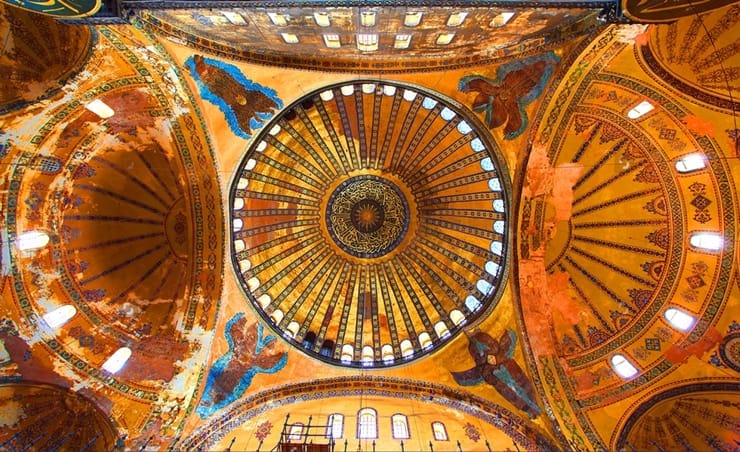
Dome and Structure:
Hagia Sophia’s central dome, an architectural wonder of its time, stands as the focal point of the structure. The dome’s diameter spans an impressive 31.24 meters (102 feet) and was considered an engineering marvel in its era. The structure ingeniously distributes its weight, allowing the dome to seemingly float in the air.
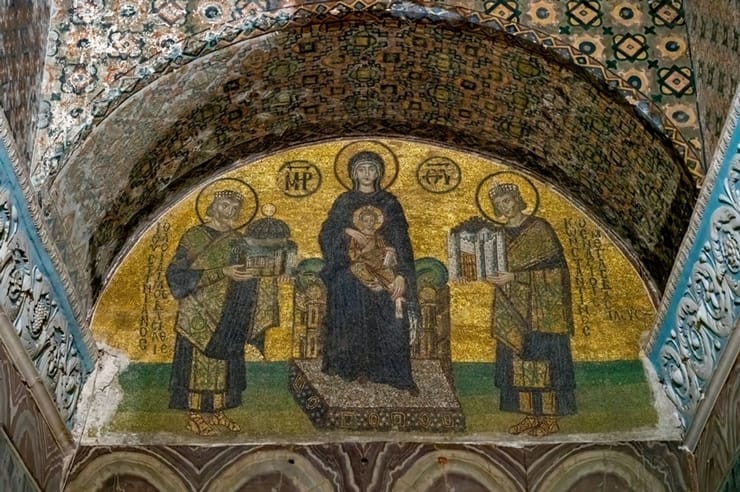
Mosaics and Artwork:
The interior of Hagia Sophia is adorned with breathtaking mosaics, some dating back to its time as a Christian cathedral. These mosaics depict religious scenes and figures, showcasing the artistry and religious significance of the time.
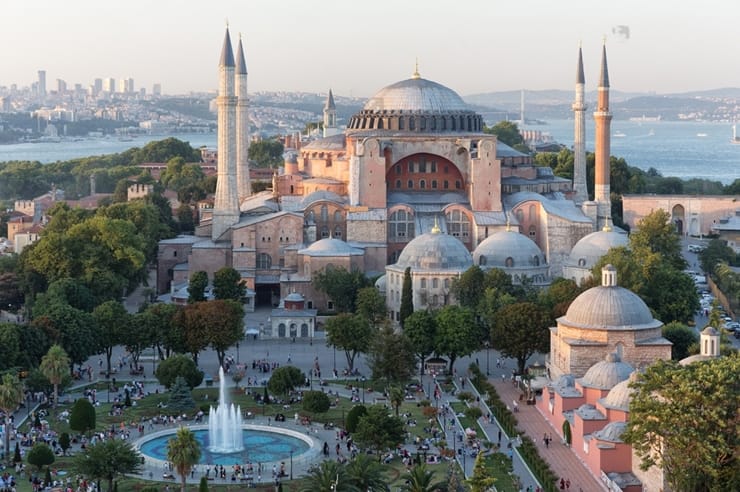
Minarets and Islamic Influence:
Following the conversion to a mosque, four minarets were added to the structure. The Ottomans introduced Islamic elements while maintaining the existing architectural integrity, blending Christian and Islamic influences.
UNESCO World Heritage Site
In 1985, UNESCO designated Hagia Sophia as a World Heritage Site, recognizing its cultural and architectural importance to humanity. The designation further affirmed its status as a monument that transcends religious and cultural boundaries.
Reconversion into a Mosque
In 2020, Hagia Sophia underwent a transformation yet again, as it was reconverted into a mosque by a decree from the Turkish government. This move sparked a global conversation about the preservation of cultural heritage and the balance between religion and history.
Hagia Sophia remains an architectural marvel, showcasing the passage of time and the evolution of cultures. Its significance goes beyond its physical structure, embodying the amalgamation of diverse civilizations, ideologies, and artistic prowess that have defined human history. As it continues to stand as a symbol of resilience, adaptability, and beauty, Hagia Sophia remains a testament to the enduring legacy of human achievement.
